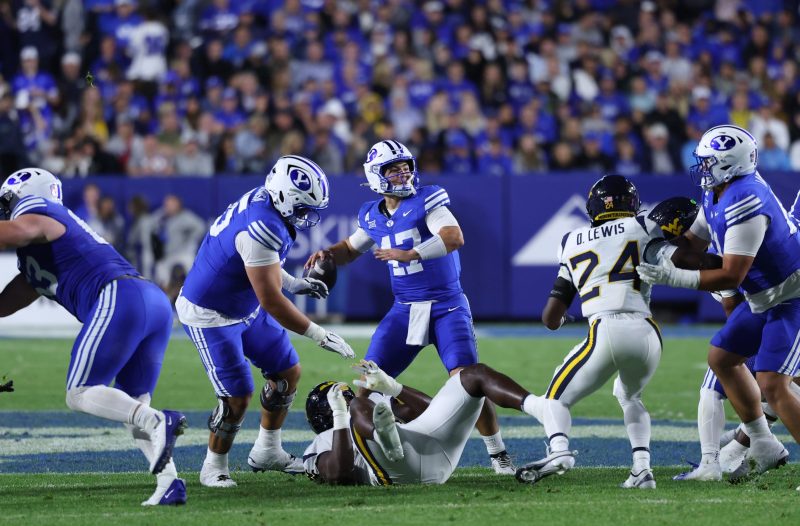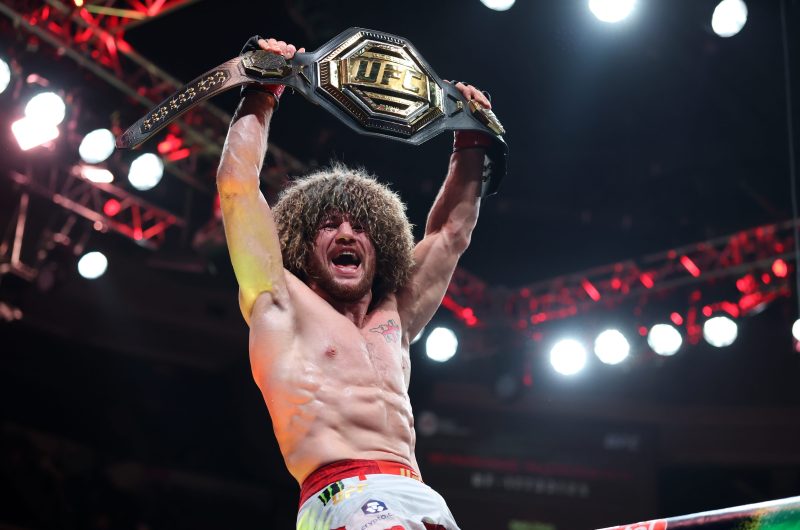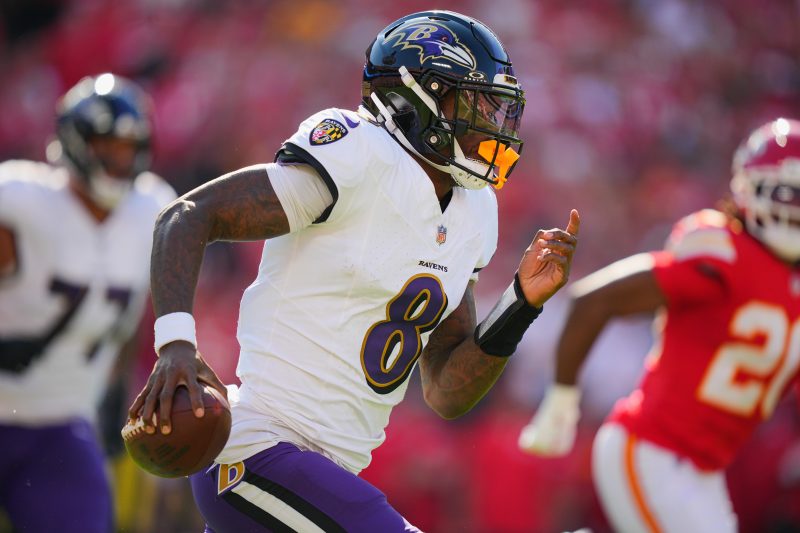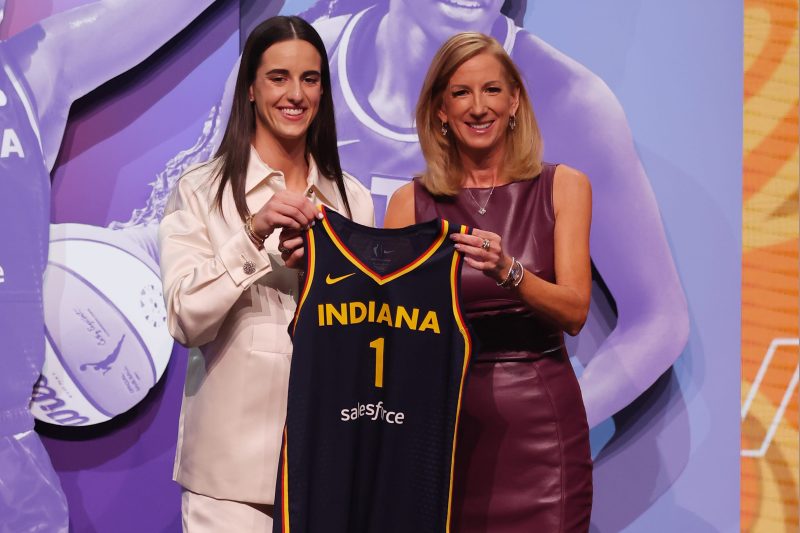WNBA implosion is no surprise given how league handled Caitlin Clark | Opinion
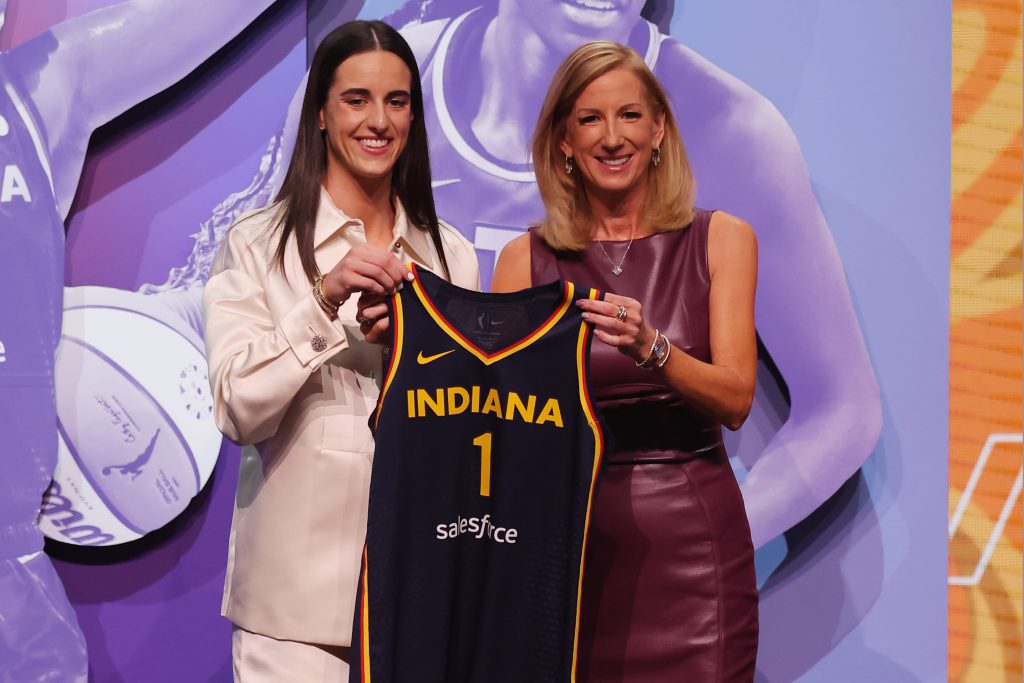
An embarrassing controversy involving the WNBA and its biggest names exploded into public view just this week, but its roots go back almost a year and a half, to April 15, 2024, the day Caitlin Clark was drafted.
From that moment, the WNBA has found itself curiously out of step with the nation’s fondness for Clark. She’s theirs, but sometimes you wonder if they really want her. The league and the women’s basketball ecosystem that surrounds it has twisted itself into knots trying to minimize Clark’s immense and historic impact rather than embrace it. Both the WNBA and the NBA, its big brother and longtime business partner, appeared to be stunningly unprepared for the arrival of the most significant female team sport athlete, and the most popular women’s basketball player, of all time.
When Clark arrived from Iowa and the Big Ten, she brought a following of millions to a league desperately seeking attention after being virtually ignored for decades by the male-dominated mainstream sports media. Instead of welcoming this development, the league — players, coaches, owners, commissioner — at times seemed to recoil from her, sometimes even making snide remarks.
Washington Mystics owner Sheila Johnson spoke on CNN about players’ “hard feelings” when Time magazine was “singling out” Clark for its Athlete of the Year award last December, going so far as to say she wanted “the whole WNBA on that cover” — even as Johnson made hundreds of thousands of dollars off Clark by moving two 2024 Mystics home games with Indiana to the 20,000-seat Capital One Arena that was filled to capacity to see Clark.
Commissioner Cathy Engelbert couldn’t manage to say Clark’s name in a 27-minute season-ending 2024 press conference in which she trumpeted records and milestones that occurred only because of Clark.
Even ESPN was acting strangely. The WNBA’s media business partner sent out a post on X in July proclaiming “historic viewership’ for the ’25 #WNBAAllStarWeekend.” Only problem was it wasn’t historic. It was a massive decline. ESPN left out 2024, Clark’s rookie year, referring to it only in the fine print. In 2025, with Clark injured, 2.2 million watched the All-Star Game. In 2024, with Clark starting, 3.44 million watched.
As Clark packed Big Ten arenas while barnstorming the country her senior year, then drew four million more viewers for the women’s NCAA championship game than the men’s final the following night, one might have thought the WNBA and NBA would have been preparing security and travel plans for this immensely popular player. She had become not only one of the most famous athletes in the country, she was one of the most famous people in the country.
Instead, the WNBA demanded she fly commercial, something that would have been unthinkable for a male athlete of her caliber until a journalist (me) called and asked about it. Four days later, Clark and the WNBA had charter flights. What kind of leadership was that?
Race, of course, plays a massive role in the league’s acceptance of Clark, with 74% of WNBA players identifying as Black or mixed race. Many of us who have covered the women’s game for decades would have loved Black women like Lisa Leslie or Maya Moore to have had the fan support and national television impact of Clark, who is white, but that unfortunately did not happen.
Yet now, the spotlight shining on Clark also shines on Black players who deserved attention for years but never received it — until now. Clark’s teammate Kelsey Mitchell, who is Black, has spoken about the opportunities she is receiving because she is a teammate of Clark’s. And four-time league MVP A’ja Wilson’s fame has skyrocketed since Clark arrived. Wilson received 95,860 votes for the All-Star Game in 2023, when Clark was still in college. But with Clark’s name on the ballot, she jumped to 607,300 in 2024 and 986,662 in 2025.
If race is the reason some want to minimize Clark, that’s terribly unfortunate, Briana Scurry, the first Black superstar on the U.S. women’s soccer team, said in my book On Her Game: Caitlin Clark and the Revolution in Women’s Sports.
“Caitlin Clark’s presence, while polarizing for some people, is really a watershed moment for the league, and I just hope that all these amazing Black players are taking full advantage of the fact that the spotlight is on what they’re doing now,’ Scurry said. ‘I understand there’s a lot of frustration and there’s some anger because the league has been around for 27 years before she came. But my goodness, it’s having this moment right now. And please, please, please, as players in the league, do not let this opportunity pass you by to get yours.”
So here we are: chaos out in the open, two seasons in the making. Watching the powers that be in women’s basketball have such trouble adjusting to Clark’s star power, it isn’t surprising that Engelbert uttered the now well-known comment that Minnesota Lynx star Napheesa Collier said she said this week:
“Caitlin should be grateful she makes $16 million off the court because without the platform that the WNBA gives her, she wouldn’t make anything.”
Clark came into the WNBA having made more than $3 million in college NIL deals and having signed an eight-year, $28 million deal with Nike, so even before playing her first game as a pro, she was making almost double what Engelbert said she was making.
If the women’s pro basketball ecosystem doesn’t love Clark, the U.S. marketplace certainly does. And that makes things very interesting as the players’ union and the league try to negotiate a new CBA with a looming Oct. 31 deadline.
“This is straight up the most important moment in this league’s history,” Clark said Thursday. “This league’s been around for 25-plus years and this is a moment we have to capitalize on.”
To fight for more money, the players undoubtedly will bolster their case by relying on recent historic TV viewership and attendance in the league. Caitlin Clark is the reason those ground-breaking statistics exist. Perhaps they will even say her name.
